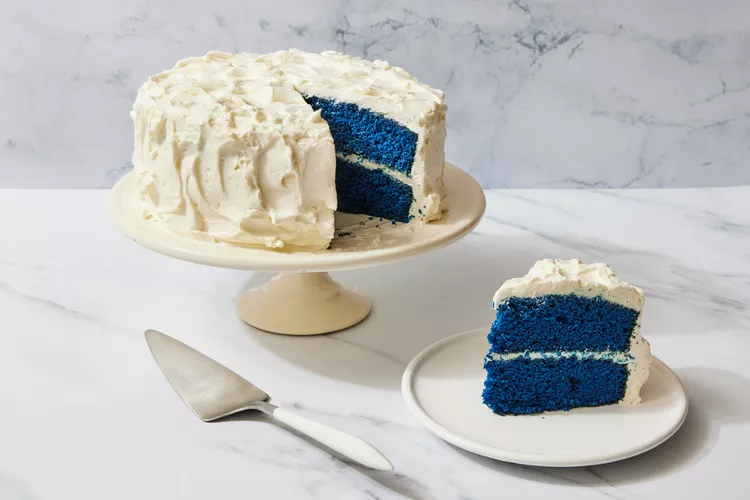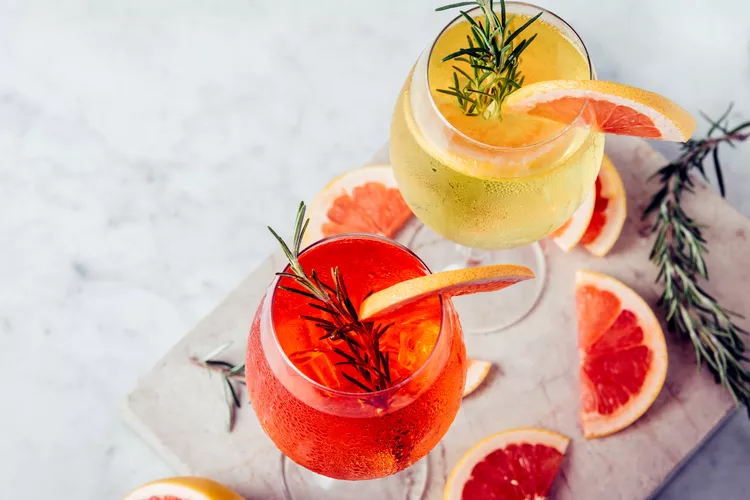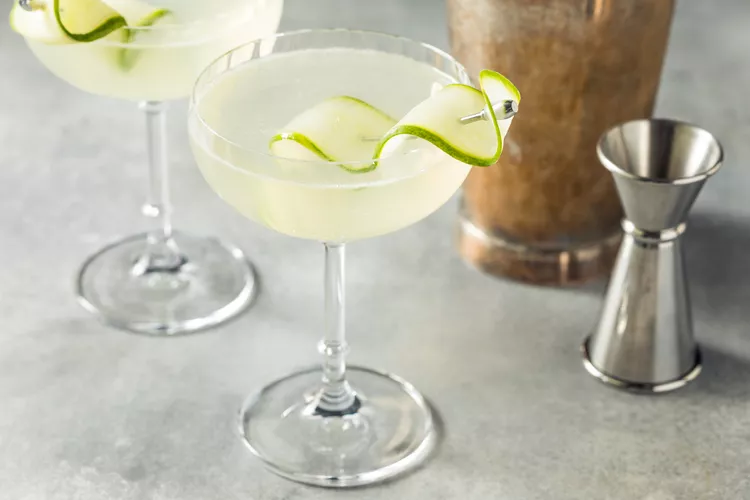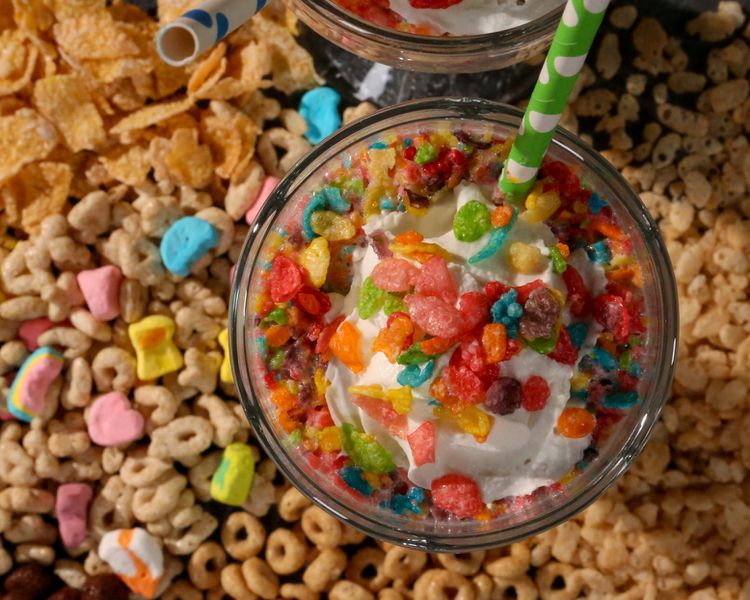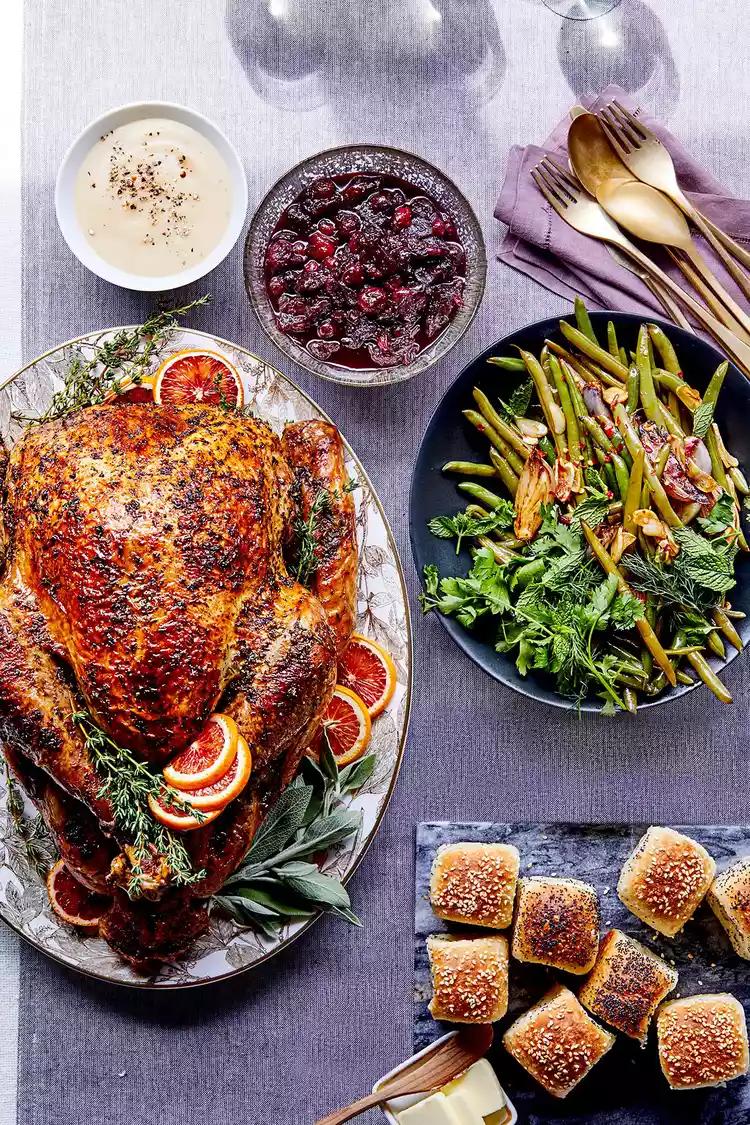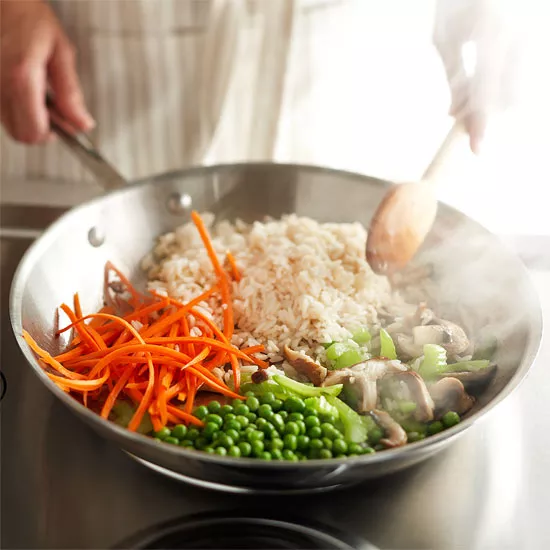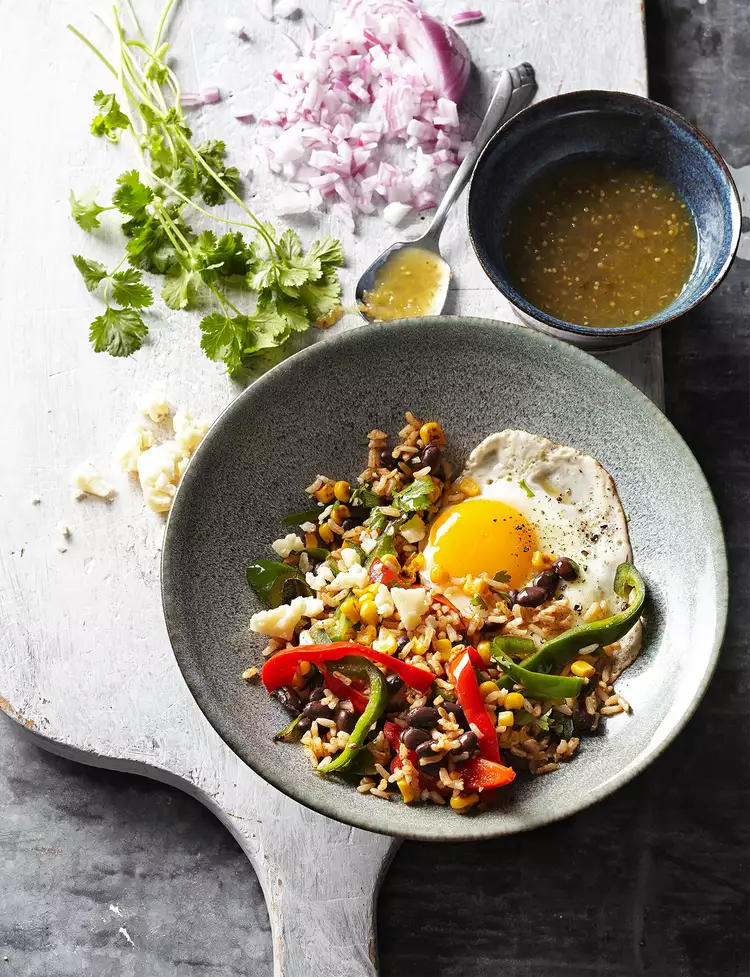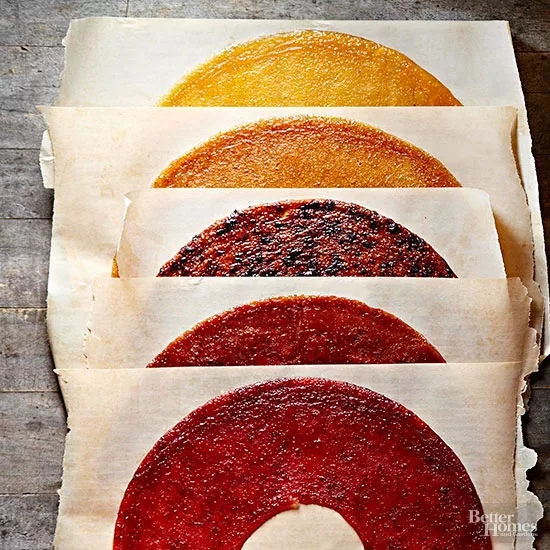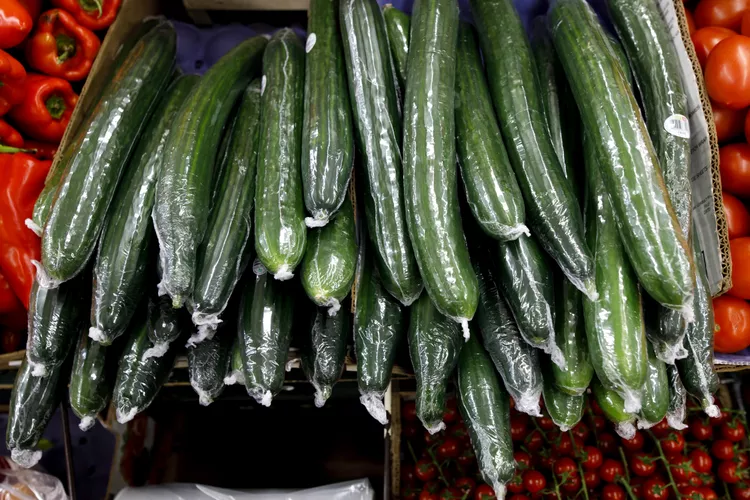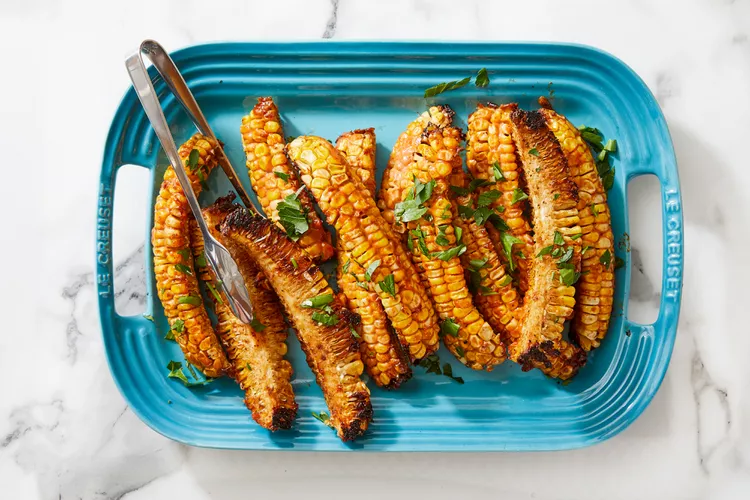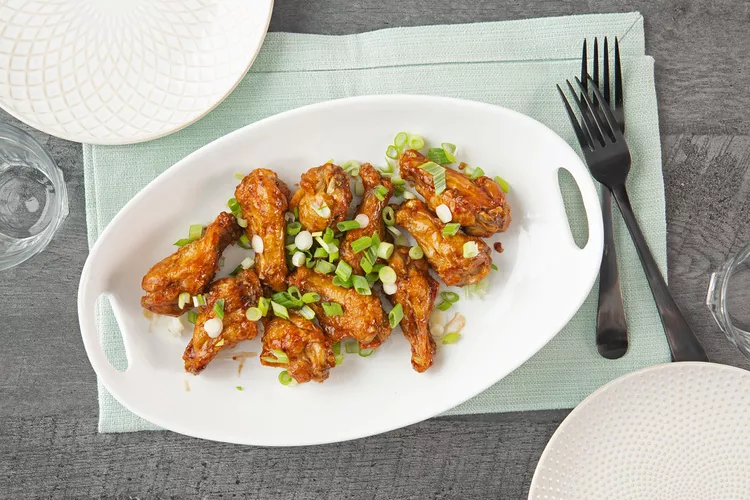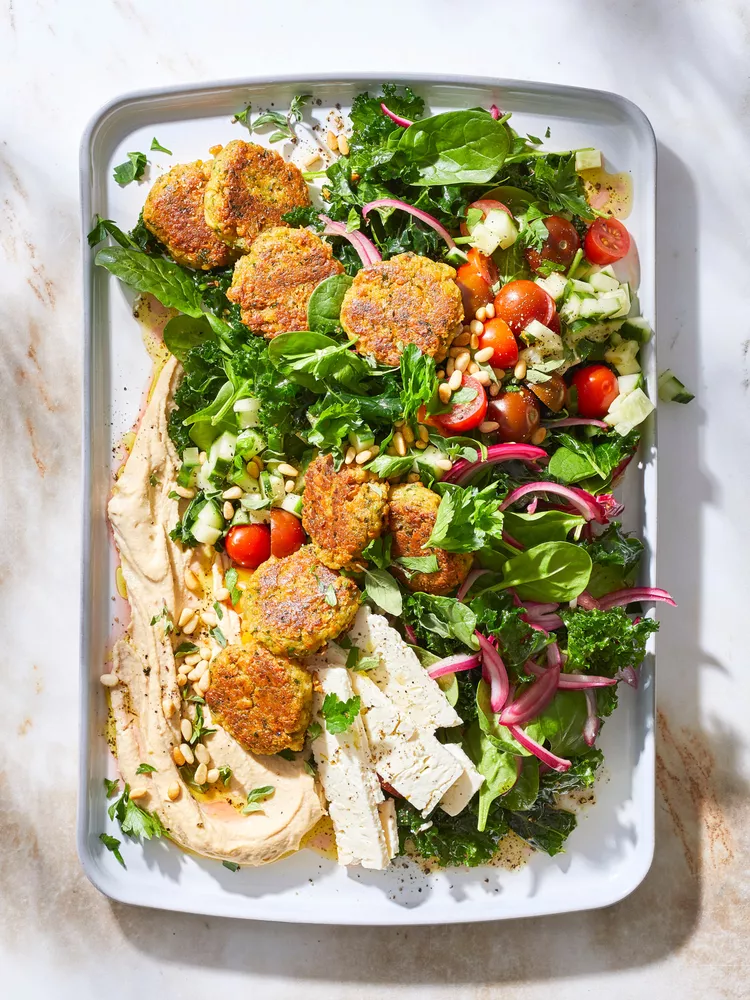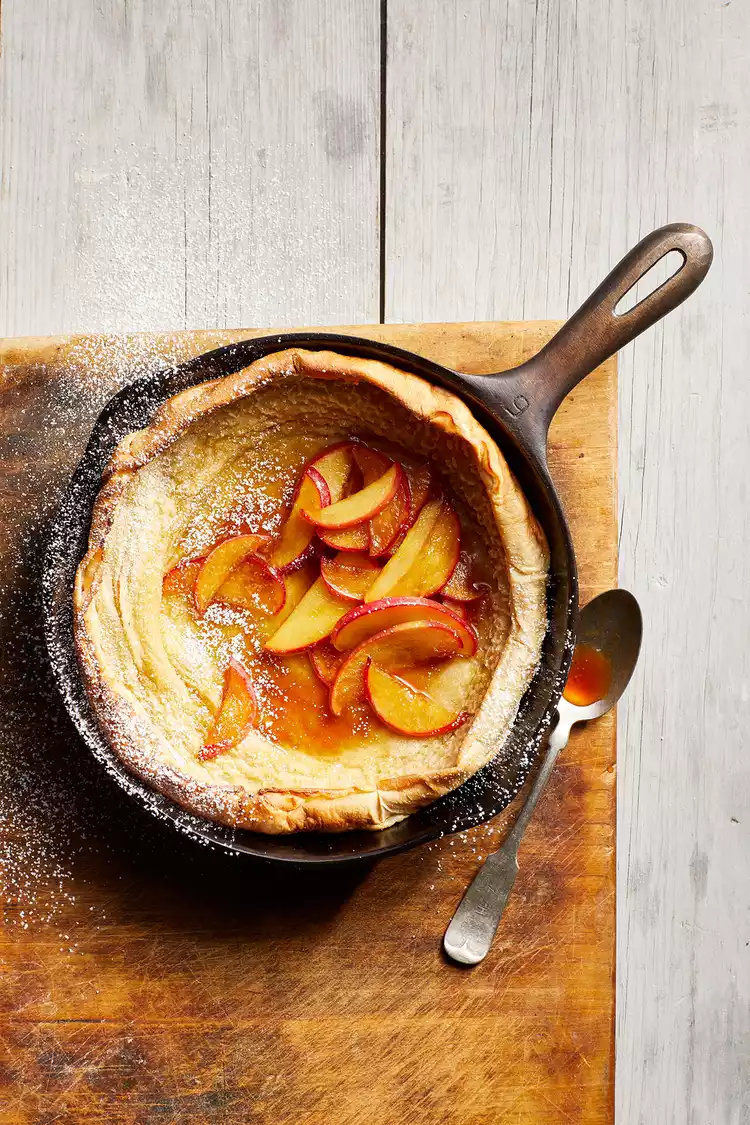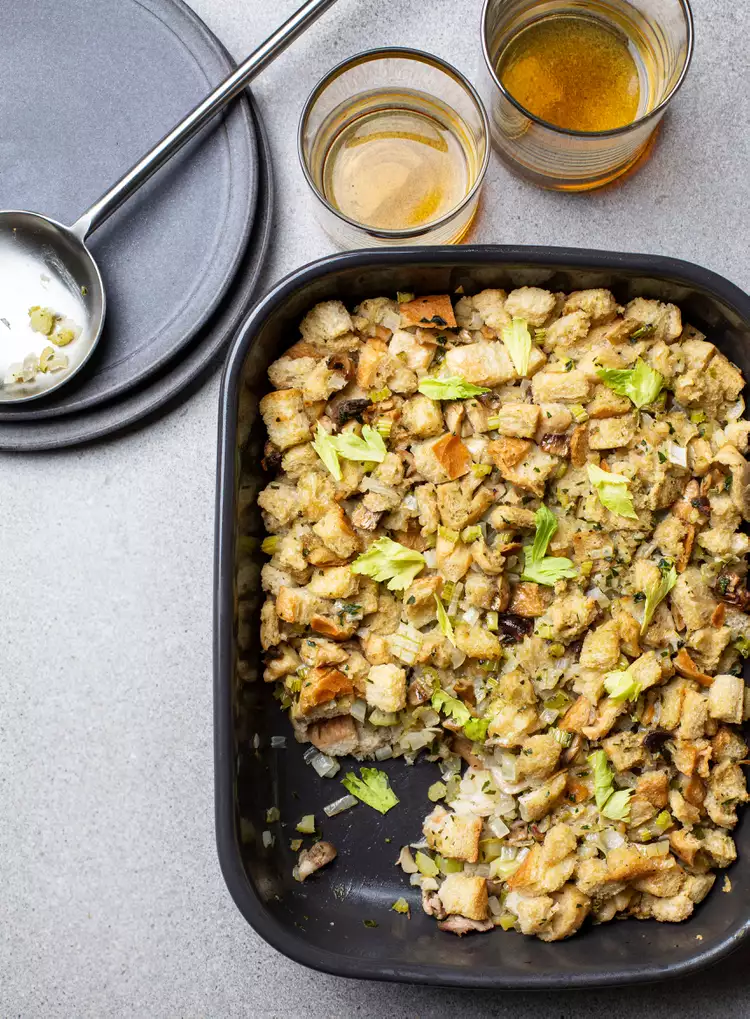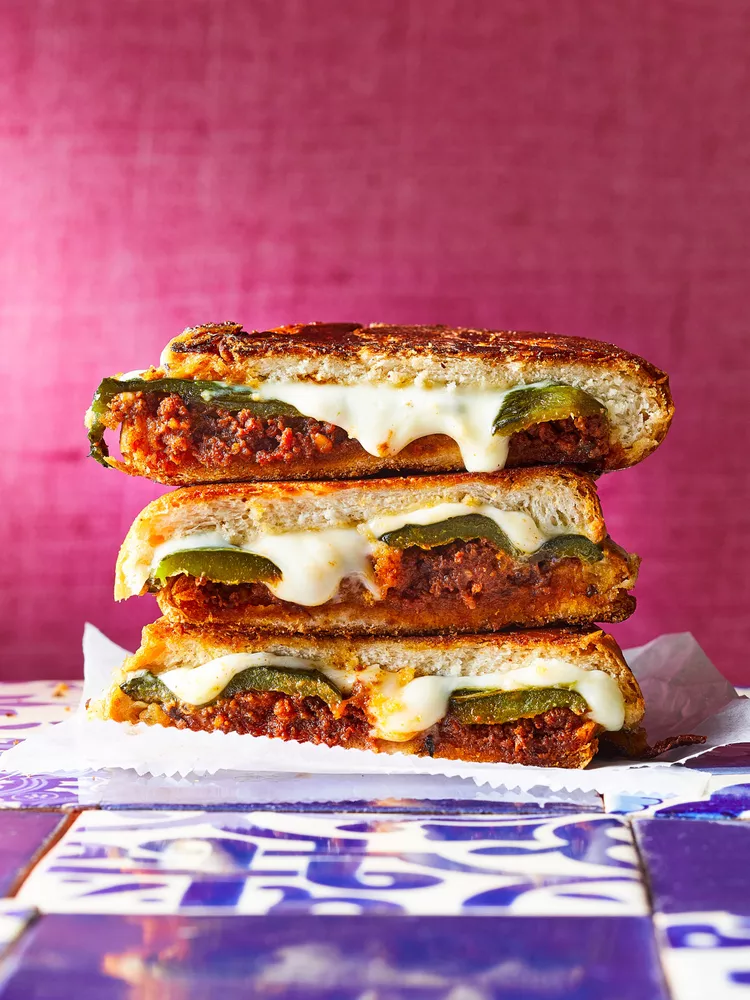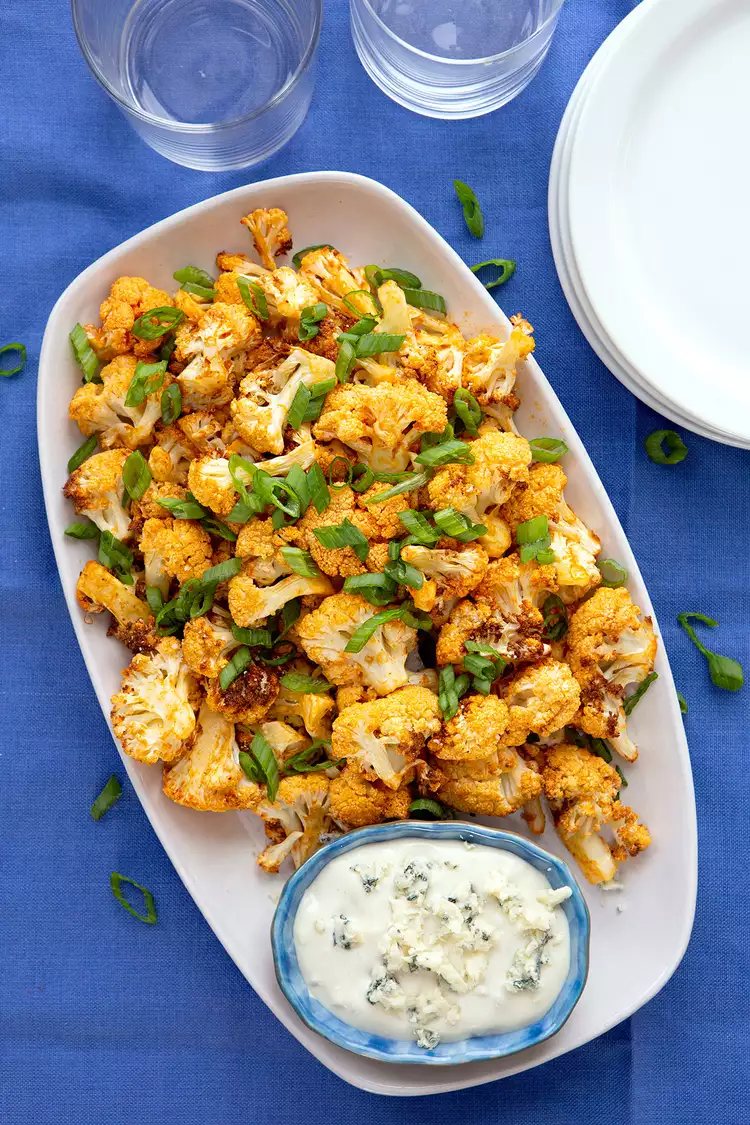A breakfast staple for many, smoothies can fit into your meal plan as a snack, dessert, or an entire meal, depending on what you add. We're showing you how to make a smoothie at home for one of the easiest, quickest, and most picky-eater-pleasing ways to add a serving (or several) of produce to your diet. Adding anti-inflammatory smoothie ingredients could make those at-home smoothies an even bigger boost to your overall health. If you don't like to drink your food, get your spoon ready and make a smoothie bowl for longer-lasting enjoyment. Whichever route you prefer, break out your blender and prepare to design your perfect recipe.
How to Make a Smoothie Step-by-Step
Calling all creative foodies! There are very few rules when it comes to how to make a smoothie. Just about any fruit works, so choose based on your favorite flavors, seasonality, and food intolerances or preferences.
Remember this simple formula: Fruit + liquid such as dairy/dairy alternative + ice = easy smoothie recipe win. If you want to make the smoothie a complete meal, add a protein and fat component as well.
Follow our Test Kitchen pro tips below to learn how to make a smoothie that's exactly how you want it, then learn how to transform it into a smoothie bowl and give it an über-rich and creamy consistency. Sweet!
Step One: Choose the Fruit
Obviously, picking the fruit is an essential part of how to make a fruit smoothie. For two servings of your custom smoothie recipe, measure 2 cups peeled and sliced fruit into your blender. Feel free to mix fruit flavors or stick to just one favorite. (By the way, learn which fruits to store in the fridge and which to leave on the counter as you stock up on produce for your smoothies at home.)
So what do you put in a smoothie for the fruit component? Our culinary pros are sweet on:
- Berries, such as strawberries (hulled and halved), blueberries, blackberries, and raspberries
- Chunks of peeled mango, papaya, pineapple, and melon
- Pitted cherries, peaches, and nectarines
- Ripe banana coins
- Peeled kiwifruit slices
- Mandarin orange sections
How to Make a Smoothie with Frozen Fruit: When fruits are ripe, ready, and in season, freeze (unwashed, sliced, and pitted if necessary) 2-cup portions in freezer bags to use when they aren't so plentiful. Fruit can be frozen for up to a year. Alternatively, you can purchase frozen fruit at the supermarket to use in your smoothies at home. Replace fresh fruit with frozen in equal quantities.
Step Two: Add the Liquid and Dairy
For the liquid in your smoothie recipe, use 1 cup of:
- Coconut water
- Water
- Milk or dairy-free milk substitute (plain or flavored)
- Yogurt (plain or flavored)
- Kefir
Step Three: Optional Add-Ins to Make a Smoothie Thicker
Just like at the smoothie shops, you can add bonus bulk-ups to make the consistency of your smoothie more luxurious and offer additional satisfying protein and fiber. Try these:
- ¼ cup protein powder or another powdered supplement
- 1 to 2 teaspoons wheat germ or flaxseed
- ¼ cup silken tofu
- ¼ cup cooked white beans or chickpeas
- 2 tablespoons nut butter (check out this Protein-Packed Smoothie recipe for inspiration)
Step Four: Add Ice and Blend
The amount of ice you use depends on how thick you want your smoothie recipe to be. Start with about 1 cup crushed ice for a fairly thick smoothie that is still drinkable with a straw. Omit the ice if you use frozen fruit or want the smoothie to be thinner and less cold. Cover and blend until nearly smooth. Pour into a cup or thermal to-go drink container and slurp up every last drop.
How to Make a Smoothie Bowl
Smoothie bowls are a big food trend on Instagram—and for good reason. They're as beautiful as they are delicious. Who could resist fruity edible art?
Here's how to make a smoothie bowl that will earn oodles of "likes":
- Blend the easy smoothie recipe as directed above, following the thicker smoothie instructions. Pour into a bowl instead of a glass.
- Decorate the top of the bowl as desired with sliced fruit, nuts, granola, seeds, coconut flakes, fresh herbs, and/or dark chocolate shavings.
Now that you're well-versed on how to make a smoothie at home, you can BYOB (build your own blend) for a new healthy snack or meal replacement any day of the week.

